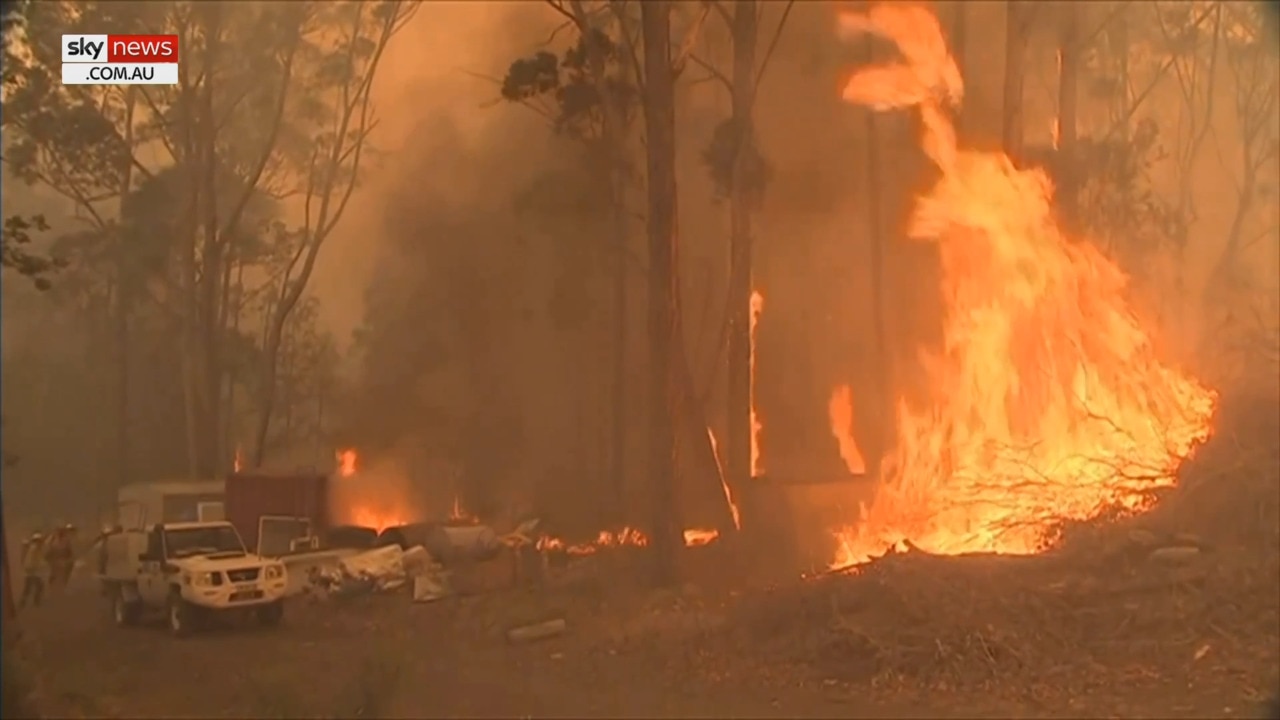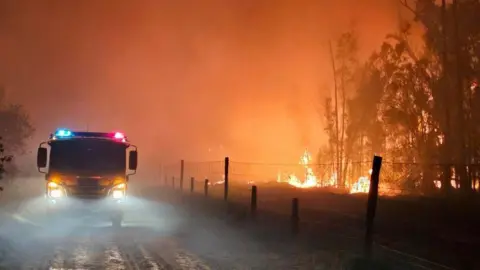Navigating Shrub Fire Defense Rules With BAL Record
In the realm of residential property growth and homeownership, navigating bush fire protection policies is extremely important for making sure the safety and security and compliance of frameworks in risky locations. Central to this endeavor is the Bushfire Assault Degree (BAL) report, an essential paper that examines the possible exposure of a home to bushfire. Recognizing how to analyze and apply the information had within a BAL record can considerably influence the design, building and construction, and maintenance of structures. By delving into the intricacies of BAL analyses and their ramifications for building compliance, stakeholders can proactively take care of bush fire dangers and protect residential or commercial properties against prospective dangers.
Understanding Bush Fire Security Laws
To efficiently navigate the intricacies of bush fire security guidelines, it is important to have a clear understanding of the governing guidelines and requirements in position. Shrub fire protection guidelines are essential for guarding residential properties and lives in areas vulnerable to bushfires. These guidelines develop the criteria and methods that homeowner have to follow in order to alleviate the dangers associated with bushfires.

Significance of BAL Assessments
Comprehending the value of BAL evaluations is essential in making certain conformity with bush fire protection laws and efficiently reducing the threats related to bushfires. BAL assessments, which determine the Bushfire Attack Level of a property, are essential for making suitable bush fire protection measures customized to the particular risk profile of the website. By assessing factors such as plant life type, range to possible fire threats, and incline of the land, BAL evaluations provide useful insights right into the level of threat a building faces throughout a bushfire occasion.

Ramifications for Building Compliance
Browsing via building compliance needs based on BAL analyses is crucial for making certain structures are adequately fortified versus the threats posed by bushfires. Building conformity describes adhering to the guidelines and standards set forth to boost the security and resilience of buildings in bushfire-prone locations. The ramifications of structure compliance in connection to BAL assessments are considerable. Frameworks that fall short to satisfy the needed conformity criteria go to a higher risk of sustaining damage or devastation during a bushfire occasion. This not just endangers the residents however also postures my blog a hazard to the surrounding environment.
Making certain building compliance entails careful planning, building and construction, and maintenance to mitigate the possible impact of bushfires. It calls for a complete understanding of the BAL ranking assigned to the residential or commercial property and carrying out the ideal steps to boost its fire security capabilities.
Managing Shrub Fire Dangers Effectively
Given the important importance of building compliance Recommended Reading in fortifying frameworks against bushfire risks, effectively handling these dangers needs an extensive method that focuses on aggressive mitigation techniques. Clearing up flammable vegetation, producing defensible areas, and ensuring appropriate maintenance can dramatically lower the risk of fire spreading out to the building. By integrating these proactive measures, property proprietors can efficiently manage bushfire risks and boost the security of their residents and structures.
Practical Tips for Homeowners and Developers
Effectively taking care of bushfire risks as a house owner or programmer necessitates implementing sensible reduction strategies tailored to the home's certain vulnerabilities and environments. One important pointer is to preserve a well-maintained defensible space around structures, normally a minimum of 30 meters in risky locations. This area must be clear of combustible plant life, debris, and other combustible materials that might possibly sustain a fire. In addition, selecting fireproof building materials can dramatically improve the residential or commercial property's ability to endure cinder assaults and direct flame call. Ensuring that roof coverings, walls, and home windows are constructed or upgraded to fulfill pertinent bushfire security criteria is important.
Additionally, creating an emergency situation plan and practicing discharge drills with household participants, staff members, or renters can save lives in case of a bushfire. Remaining informed about regional fire threat scores, weather, and emergency situation alerts is also important for making prompt choices to safeguard life and building. Involving with local fire authorities, neighborhood groups, and specialists experienced in bushfire management can give useful guidance and assistance in establishing thorough bushfire defense techniques.
Conclusion
To conclude, browsing bush fire security policies with a BAL record is crucial for making certain structure conformity and handling bush fire dangers properly. Comprehending the relevance of BAL evaluations and following useful pointers can aid programmers and homeowners reduce the impact of bush fires. By adhering to these policies and taking required preventative measures, individuals can develop more secure atmospheres for themselves and their areas.
Key elements of bush fire protection laws include the Bushfire Strike Degree (BAL) evaluation, which identifies the degree of threat my site a building faces from bushfires. BAL assessments, which figure out the Bushfire Assault Level of a building, are essential for creating appropriate bush fire security steps customized to the details threat account of the website. By reviewing factors such as vegetation kind, range to possible fire threats, and slope of the land, BAL assessments provide useful insights right into the degree of danger a home deals with during a bushfire occasion.

In final thought, navigating bush fire security regulations with a BAL record is essential for making certain building compliance and taking care of bush fire risks efficiently.